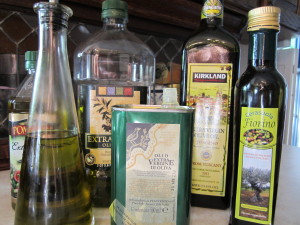 There has been a lot of press lately regarding authentic vs adulterated extra virgin olive oil. Especially Italian, which everyone considers some of the best. In both taste and health benefits, extra virgin olive oil from Tuscany, Sicily and Puglia can’t be beat, and you feel good about buying it for yourself and your family.
There has been a lot of press lately regarding authentic vs adulterated extra virgin olive oil. Especially Italian, which everyone considers some of the best. In both taste and health benefits, extra virgin olive oil from Tuscany, Sicily and Puglia can’t be beat, and you feel good about buying it for yourself and your family.
Until they tell you it’s all fake and you can’t trust the label. Then what are you supposed to do?!
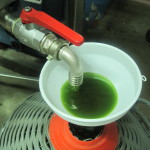 In some respects, it’s true: there is a lot of adulteration going on with extra virgin olive oil. You need to know who you can trust, where you can turn for good information. The label on the bottle says “Italy” or “Italian”, but the small print gives a key to where the oil comes from: ES -Spain, TU- Tunisia, GR-Greece, etc. Often the small sprint says “bottled in Italy”, which means the olives or oil can come from anywhere and are bottled in Italy. Berio and Bertolli, two of the only Italian olive oils available until about 25 years ago, were famous for this. At any rate, it gives a bad name to one of the most delicious and healthy products we have access to. That’s why a little knowledge can protect you and make you feel confident when purchasing olive oil.
In some respects, it’s true: there is a lot of adulteration going on with extra virgin olive oil. You need to know who you can trust, where you can turn for good information. The label on the bottle says “Italy” or “Italian”, but the small print gives a key to where the oil comes from: ES -Spain, TU- Tunisia, GR-Greece, etc. Often the small sprint says “bottled in Italy”, which means the olives or oil can come from anywhere and are bottled in Italy. Berio and Bertolli, two of the only Italian olive oils available until about 25 years ago, were famous for this. At any rate, it gives a bad name to one of the most delicious and healthy products we have access to. That’s why a little knowledge can protect you and make you feel confident when purchasing olive oil.
In Italy, there are hundreds of comestible products that carry a seal of approval from the corresponding consortium governing that product. Think Parmigiano Reggiano DOP cheese, Aceto Balsamico, Brunello di Montalcino DOCG wine (in fact, all the hundreds of DOC/DOCG wines coming out of Italy). In short, there are governing bodies that control and regulate the growing, production, packaging and geographic area of hundreds of foods and drinks produced in Italy.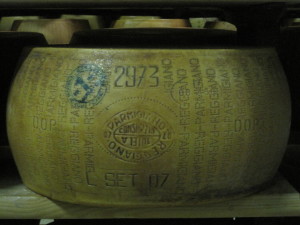
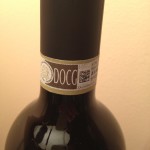
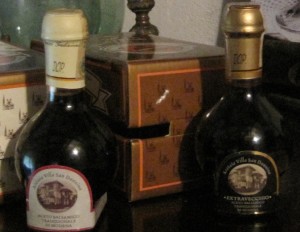
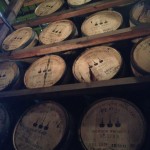 In America there is only one product that can carry its name only if the rules for ingredients, production and geographic area are followed. Anyone?? Bourbon: Must be 52% corn, aged a minimum of 2 years in brand new toasted oak barrels and must be made in the USA. One, out of all the things the US makes. By comparison, Italy has literally hundreds.
In America there is only one product that can carry its name only if the rules for ingredients, production and geographic area are followed. Anyone?? Bourbon: Must be 52% corn, aged a minimum of 2 years in brand new toasted oak barrels and must be made in the USA. One, out of all the things the US makes. By comparison, Italy has literally hundreds.
The consortiums that govern Italian DOP and IGP/IGT olive oil have a process they follow to determine that the product has followed all the rules for producing that oil: only the right olives that are grown, pressed and bottled in the given territory are given the seal that the producer proudly puts on the bottles. This seal has a serial number that can be used to see who grew the olives, where they were pressed and bottled. The process of pressing the extra virgin oil is also controlled to avoid heating the product, which deteriorates the oil and affects the acidity. That’s how important food is to Italians, that is an example of how seriously they take their olive oil.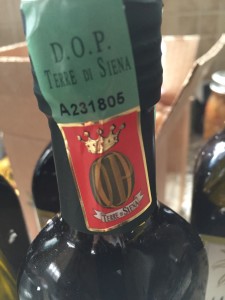
Search out and purchase extra virgin olive oil that has either a DOP or an IGP/IGT seal on it. Make sure that the bottle has the year that it was made: olives are picked and pressed in November and December of each year and the oil should be as young as possible. 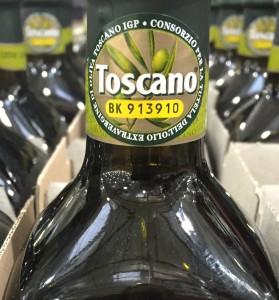
Look for a dark green bottle. Extra virgin olive oil can be very green when pressed if the olives used were predominately green. But it loses the green color over just a few months and will be golden yellow by the next summer. So avoid any green oil in a clear bottle; chlorophyll has most likely been added.
Italian extra virgin olive oil is one of the best products you can use and it is possible to get some really great stuff without traveling to Italy. Where to get the product? Gustiamo is an Italian import company that is very good and has several DOP oils to purchase. Costco brings in an excellent IGP olive oil from Tuscany and it’s available now. And obviously you can join us, Ecco La Cucina, on one of our culinary tours to Italy, which will give you many opportunities to purchase excellent oil to carry or ship home! I hope this information helps you to feel more comfortable in buying olive oil!


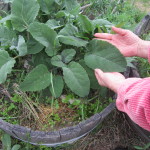

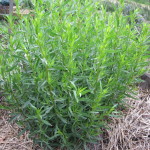

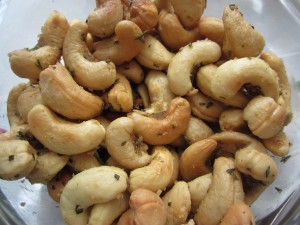 I’m always looking for something yummy around this time of year to serve guests when they stop by for a glass of wine. This toasted nut recipe is easy to make, keeps well and is delicious. Shared with me by my good friend, Barbara Juckett, it’s spicy, sweet, crunchy and herbaceous all at once. Perfect with a glass of anything!
I’m always looking for something yummy around this time of year to serve guests when they stop by for a glass of wine. This toasted nut recipe is easy to make, keeps well and is delicious. Shared with me by my good friend, Barbara Juckett, it’s spicy, sweet, crunchy and herbaceous all at once. Perfect with a glass of anything!
